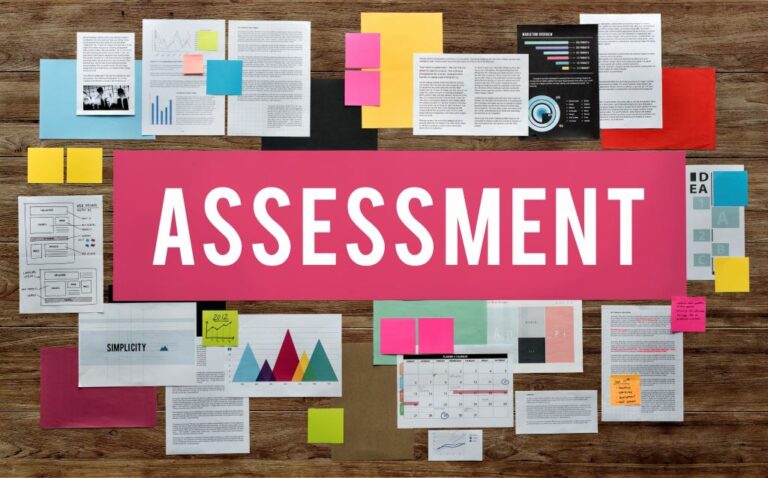Are you struggling to achieve your business goals because your team lacks the skills and knowledge necessary to take your organization to the next level? Do you feel your employees always struggle to keep up with their job responsibilities? If so, you are not alone. 87% of companies know they face the same issue or will experience it within a few years.
Identifying skill gaps and mismatches can be challenging, but it is a critical step for the growth and success of your organization. Without identifying these gaps, your employees will continue to struggle, and your organization will not be able to achieve its goals. In this blog post, we will explore some ways to identify employee skill gaps and mismatches.
- Conduct a Skills Assessment
We will begin by discussing the importance of conducting a skills assessment, which involves evaluating your employees’ skills and competencies to identify areas where they need improvement. By conducting a skills assessment, you can develop targeted training programs to address these gaps, helping your employees acquire the necessary skills to excel in their roles.
- Observe Employee Performance
By monitoring how your employees perform their job duties, you can identify areas where they struggle and may need additional training or support. You can also observe how employees interact with others in the workplace to identify any communication or teamwork issues that may hinder their performance.
- Analyze Business Objectives
By looking at the goals and objectives of your organization, you can determine whether your employees have the necessary skills and competencies to achieve those goals. If not, you may need to provide training or hire new employees with the skills required to fill those gaps.
- Solicit Feedback from Employees
It may be a little unsettling, but by asking your employees for their input, you can gain insight into areas where they need additional training or support. You can also identify areas where they feel they are not utilizing their skills to their full potential, which can help you develop targeted training programs to improve their performance.
- Use Data Analytics
Using data analytics can be a powerful tool for identifying skill gaps and mismatches in your employees. By analyzing data such as employee performance metrics, training completion rates, and turnover rates, you can identify areas where your employees may be struggling and develop targeted training programs to address those gaps.
If you find it challenging to identify employee skills gaps and mismatches or don’t have the resources to develop targeted training programs, outsourcing training documentation may be a viable solution. Many companies specialize in creating customized training materials, including manuals, videos, and e-learning modules, that can help your employees acquire the necessary skills and competencies to excel in their roles. By outsourcing training documentation, you can save time, reduce costs, and ensure that your employees receive high-quality training materials that meet their specific needs. Whatever you choose, the key is to take action and help your employees reach their full potential.
